|
A 2000 thousand year old rock carved cave temple right in the middle of Suburban Mumbai...and no one seems to care very much about it! I have been doing Mumbai exploration this year, and while researching online for places to visit, I stumbled on Mandapeshwar caves in Borivli. I found it simply incredible that we have an ancient almost pre-history rock cut temple right here and no one seems to know or care about it. I read about it on Ashutosh Bijoor's blog, and found that it was carved in 550 AD, around the same time as the nearby Jogeshwari caves (which also is an unknown treasure) and the Kondivate or Mahakali caves, and was carved in the same style as the Elephanta caves or the Ellora temples. Well, I simply had to see this, and one rainy sunday, I cycled from chembur to Borivli to visit the caves. It was a about 40 Km each way, and passed through or by many things that make Mumbai amazing ( a forest, a lake, hills, ancient temples, modern highways and urban sprawl) I found the caves tucked unobstrisively away in Borivli bylanes in an overwhelmingly christian area - it was near the IC colony and just below a church - the church of our lady of immaculate conception. It seemed that it would have been on church lands before the ASI took ownership of the area. The other point that struck me was that it seemed to be really obscure and unmarked. There were some building materials outside which indicated that there are plans to fence it off, but as of now it was open and and nameless. There was no indication that a unique rock cut temple was nearabouts. But when I entered the caves and looked around, I was entranced! What a wonderful cave temple! And it was reasonably well maintained as well. It was originally built on the shores of the Dahisar river, but now the river has changed its course and the temple has become inland. But you can just imagine the temple as it must have been - in a jungle, along the riverside, on a small hill, the most talented artists and sculptors had created a beautifully carved temple out of the living rock. The idea of rock cut caves was started by the buddhist monks, but the hindus also liked the idea and also started making the same. Possibly the same sculptors who created the buddhist caves started making caves for the hindus as well - depending on who was signing the cheques. The Mumbai area was a big trading area due to the many big ports in the area - Thane, Sopara, Vasai, etc and there must have been a lot of rich seths willing to finance cave making in the forests of Mumbai. We have Buddhist caves and Hindu caves in Mumbai - Mahakali and Kanheri are Buddhist, and Jogeshwari and Elephanta are Hindu. The golden age of cave temples ended about 1500 years ago, and India and Mumbai went through many epochs and empires since then. The importance of the Mumbai area dwindled and the big traders went off to other areas, and the whole area went into obscurity. The muslim waves into India started, with first the persian gulf muslims and then the Mughals from the Mongol lands swept over India, and big temple building went into decline as the Hindu kings were swept away. But they were not too interested in this part of the world, and kept away from it. But the portuguese came to India in the 1500s and they were extremely interested in this area because of the access to sea lanes. They rapidly built up a formidable presence along the western coast and established a string of forts from Diu right down to Mumbai and were the rulers of the sea. They took over the sea shore lands as there wasnt anyone to oppose them. Along with the conquisadors came the priests who were licking their chops at getting so many heathens to convert to the word of the lord, and they went around converting all the villagers they could find. As the Portuguese military hold tightened, they could use harsher and harsher measures to get converts. One of these was was to deface local temples and use them as churches. As we can see here - there is a bas relief of Shiva which had been carved down to a cross. They built a monastery on top of the temple, whose ruins can still be seen today. As an article in the Hindu notes - "The Mandapeshwar caves perhaps have the most tumultuous history of all the Mumbai caves, or so it would seem from the scars the walls still bear. A Hindu temple, it was targeted by the Portuguese, who asserted their religious beliefs over it by literally building a monastery and a church dedicated to Our Lady of Immaculate Conception on top of the cave temple. Fr. Porto founded the monastery and church in 1544. A visitor in 1804 noted: “The good priests had covered [the carved Hindu figurines in the cave] with a smooth coat of plaster and had converted the whole into a chapel.” The time of the portuguese was limited though, as they were faced with a wiler enemy - the British. They teamed up with the Marathas and persuaded them to go to war with the Portuguese and destroy them. Under Chimaji appa, they besieged and defeated the huge Portuguese fort of Vasai and then wiped them out of the Mumbai area, which included Borivli. This was of double advantage to the British, as the Portuguese were thrown out, and the marathas were fatally weakened at the same time, enabling the British to defeat them within a few years. "In the 18th century the church was desecrated after the Battle of Bassein in which the Marathas defeated the Portuguese. They uncovered and worshipped the rock-cut sculptures again, but towards the end of the 18th century the British defeated the Marathas and the caves once again functioned as a place of Christian worship. After the end of colonial rule the church fell into disrepair and the caves gradually reverted to the worship of Siva. The church, including its roof, has been destroyed, but older local residents recall playing among the aisles and the nave of the church when they were children." Mandpeshwer caves have sculptures of Nataraja, Sadashiva and a splendid sculpture of Ardhanarishvara. It also has Ganesha, Brahma and Vishnu statuettes. These works depicted the mythical tales of the Hindu gods and goddesses. Even today an elaborate sculpture representing the marriage of Shiva with Parvati may be viewed from the large square window at the south end of these caves I saw that this place was becoming a live temple again, with people praying there and offering flowers and stuff. I have mixed feeling about this - on the one hand, I strongly believe that ancient monuments should be left alone and properly preserved, and we tend to mess up temple areas very fast. On the other hand, it brings the old temple to life when people pray a bit and offer bright flowers. It gives you a little glimpse of what it must have been in the old days. The funniest part of all is the fact that people apparently know about this cave, but do not care about it. I told my mom about it, and she remembered the location as she had lived in Borivli many years ago. But she had never been there, and didn't seem impressed with the idea of a 2000 year old rock cut temple.
I spoke to various friends living in Borivli, who either had no idea about the existence of the place, or if they did - then had not been there - or if they had been there, were not sensible about the importance of the place. In Europe, every small thing is celebrated as a Unesco world heritage site - an olive plantation, some obscure town and watchtower, some small road, anything. This is a national treasure, and even the locals dont know anything about it, and care even less. So weird. The church of Our Lady of immaculate conception - which must be an offshoot of the same church which was built on top of this ancient temple - was full for Sunday mass, and I couldnt help but notice the difference in the fortunes of this temple and that church. I wouldnt want it to be locked up behind ASI fences and rendered inaccessible, but definitely we should nurture and protect this place and make more people aware of this. Mumbai has a great history, and hopefully we will protect and enjoy it in the future as well. |
Categories
All
Hi thereI blog about my travels - and the thoughts they set off! Sometimes the simplest destinations can be the most thought-provoking! Archives
May 2022
|


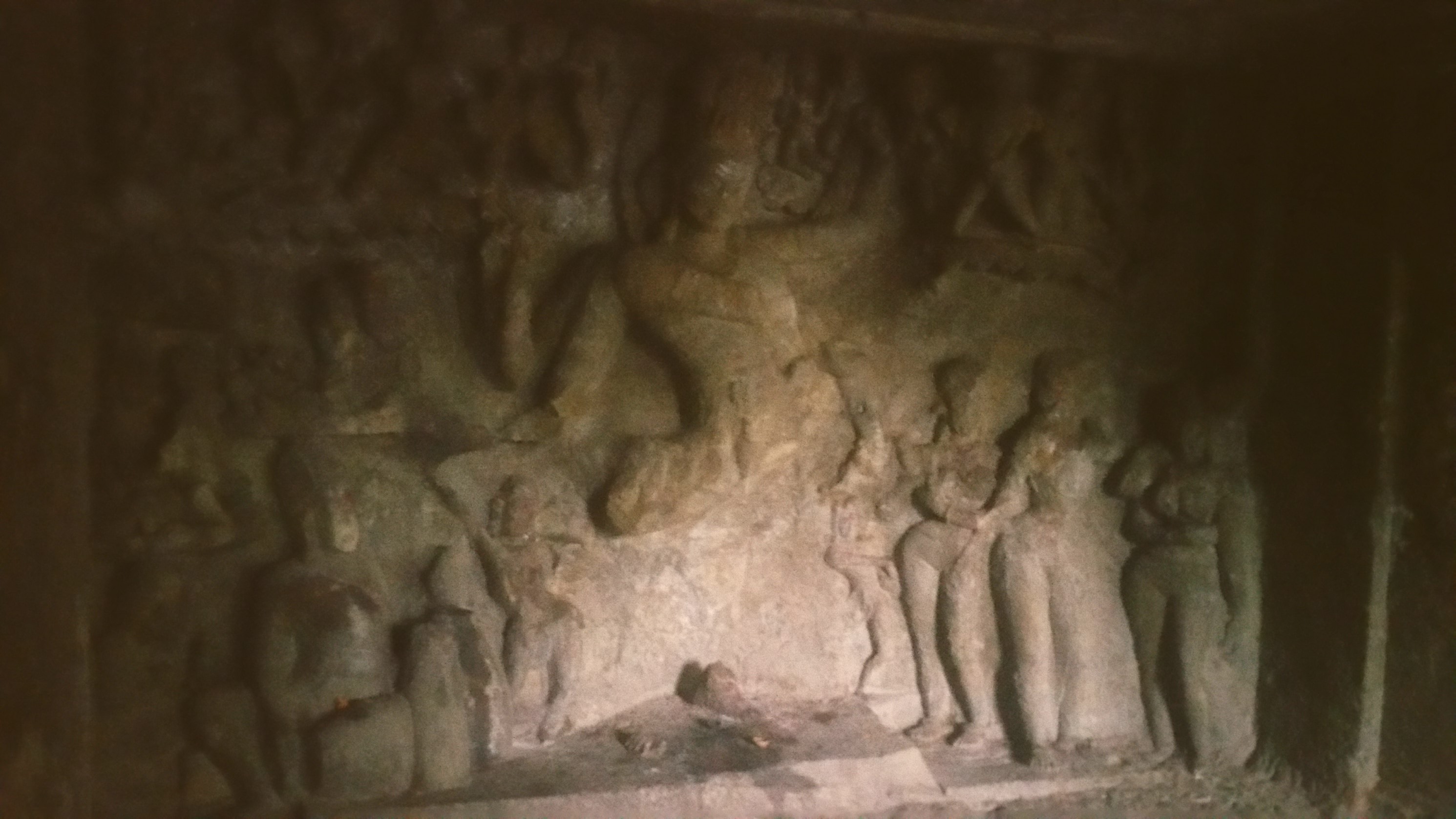
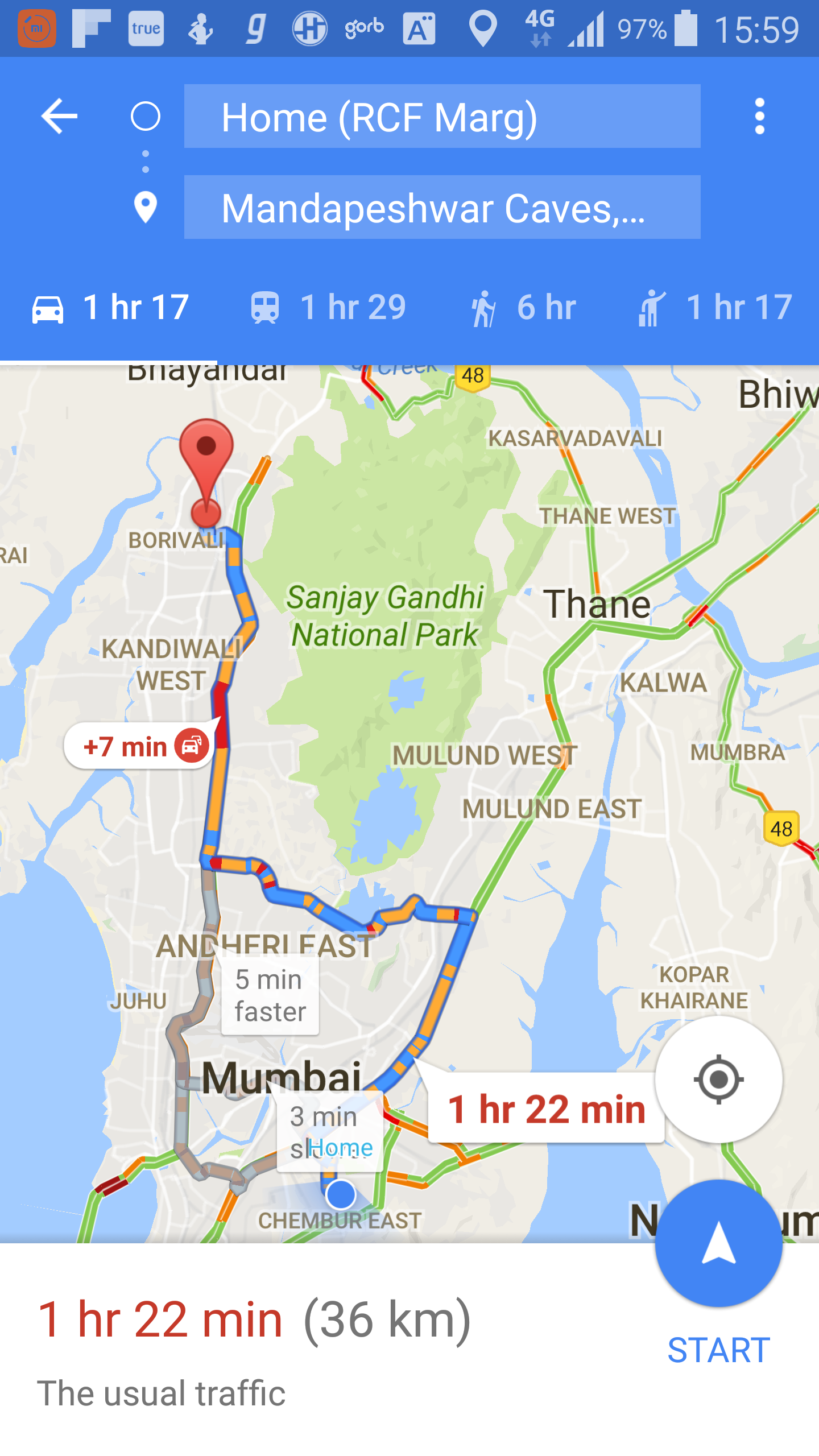
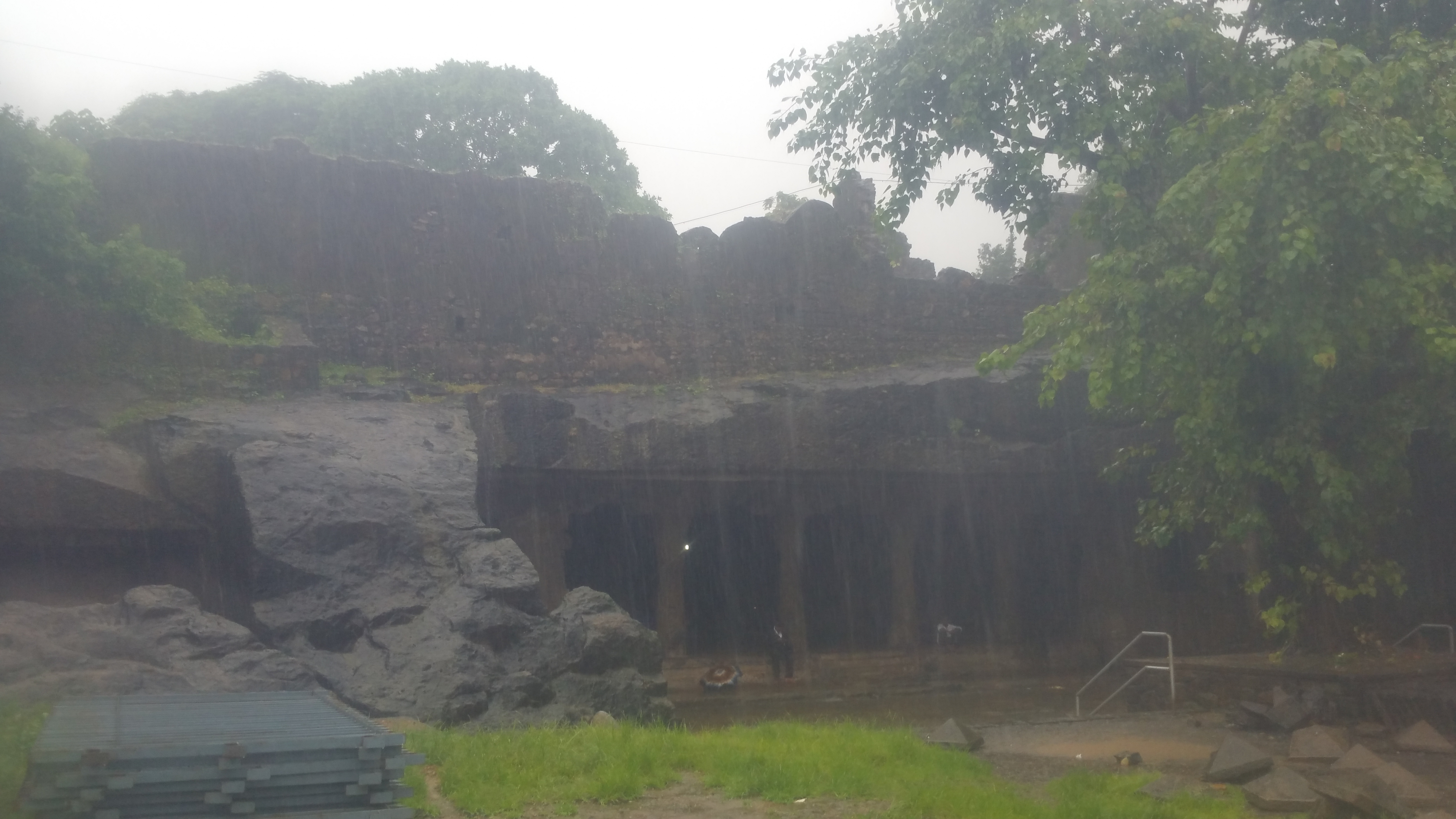
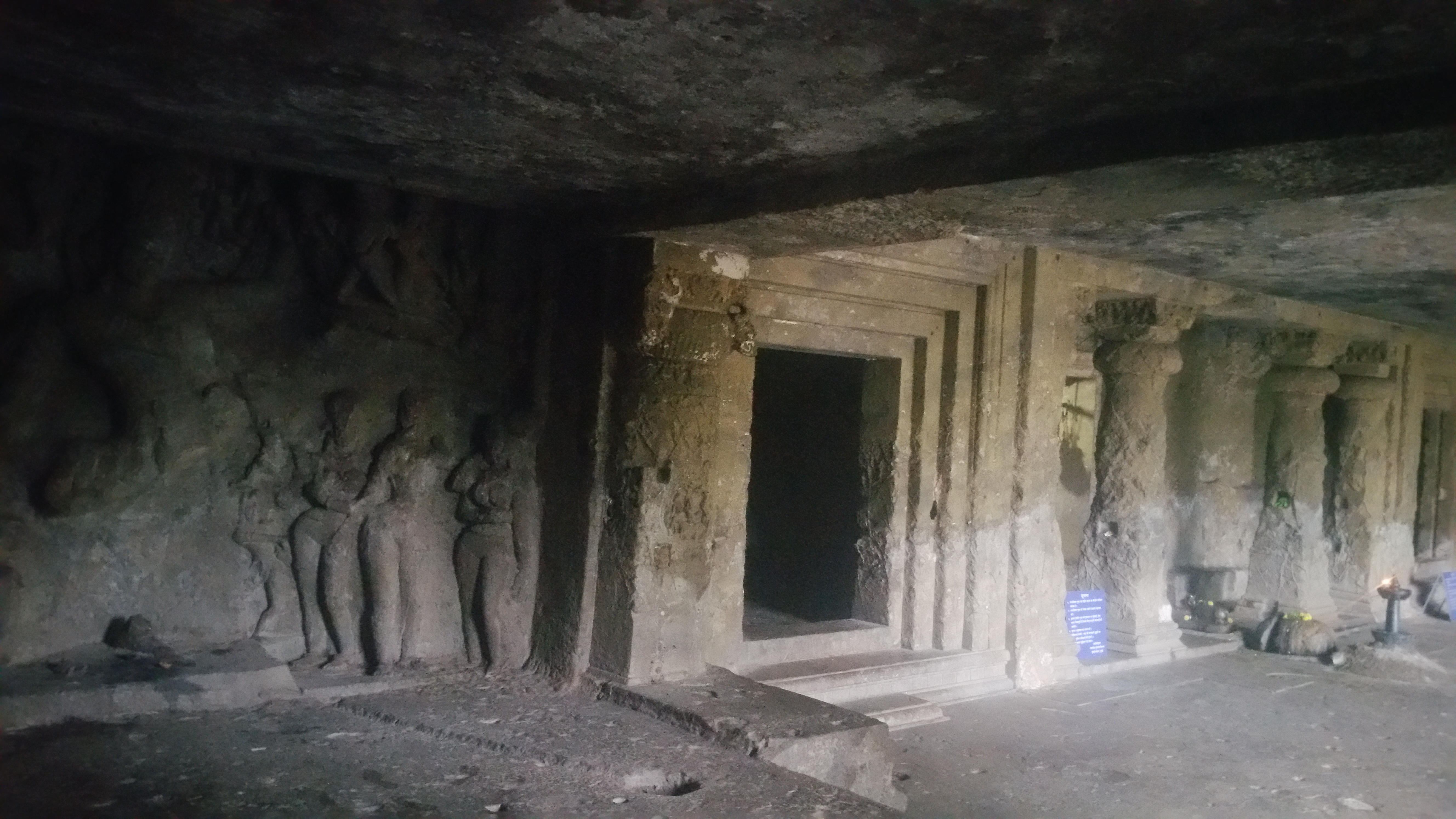
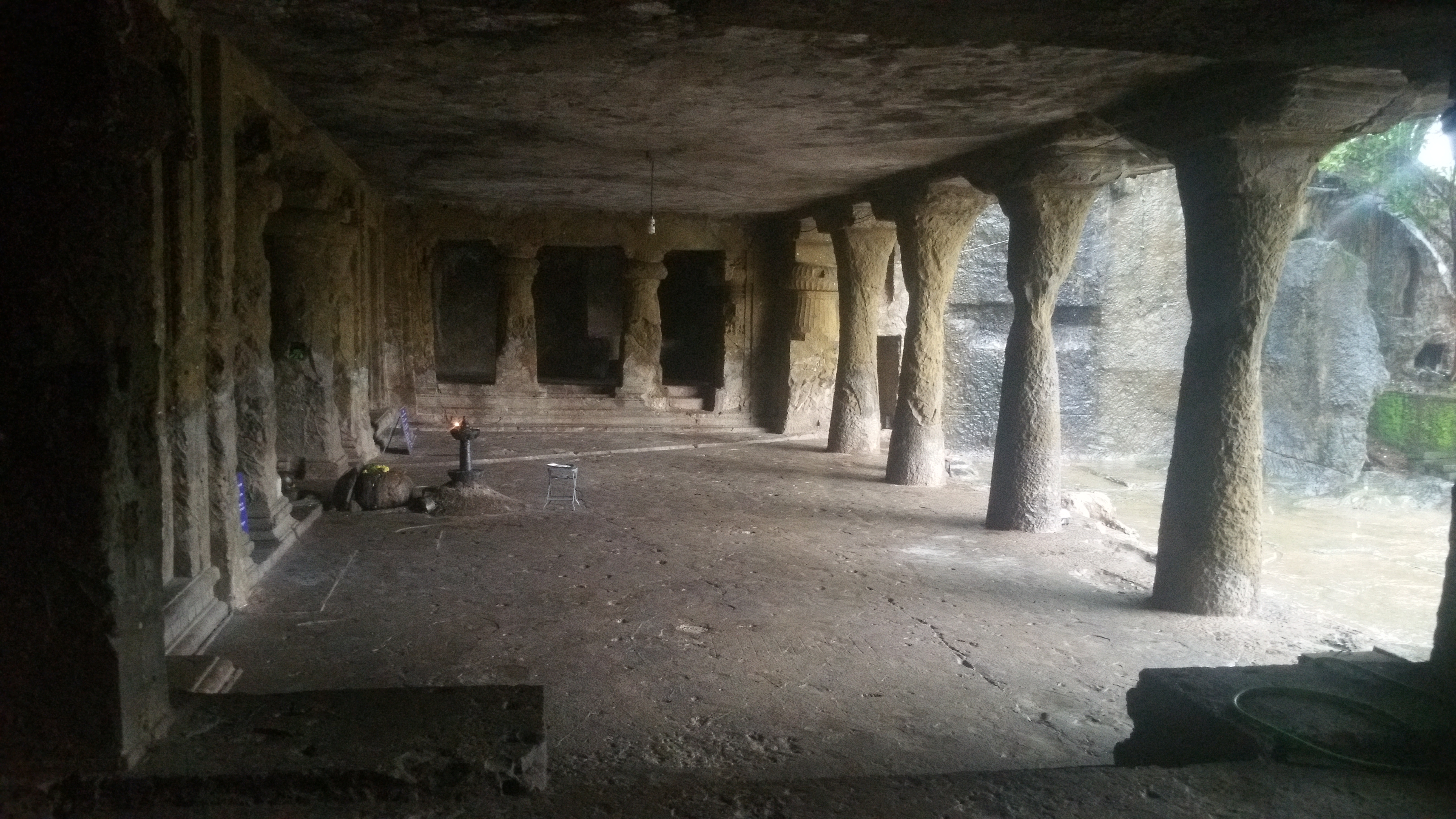
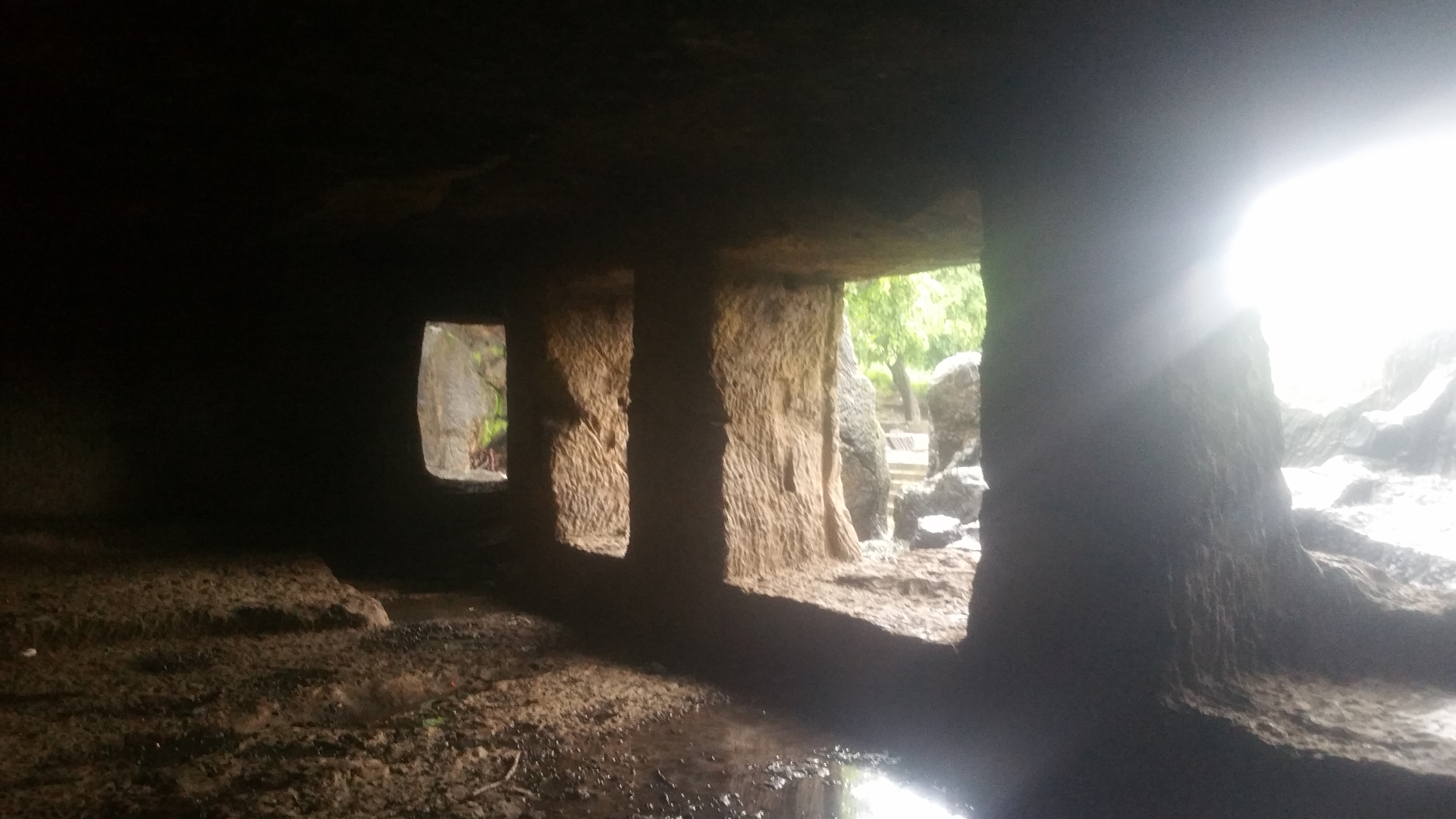
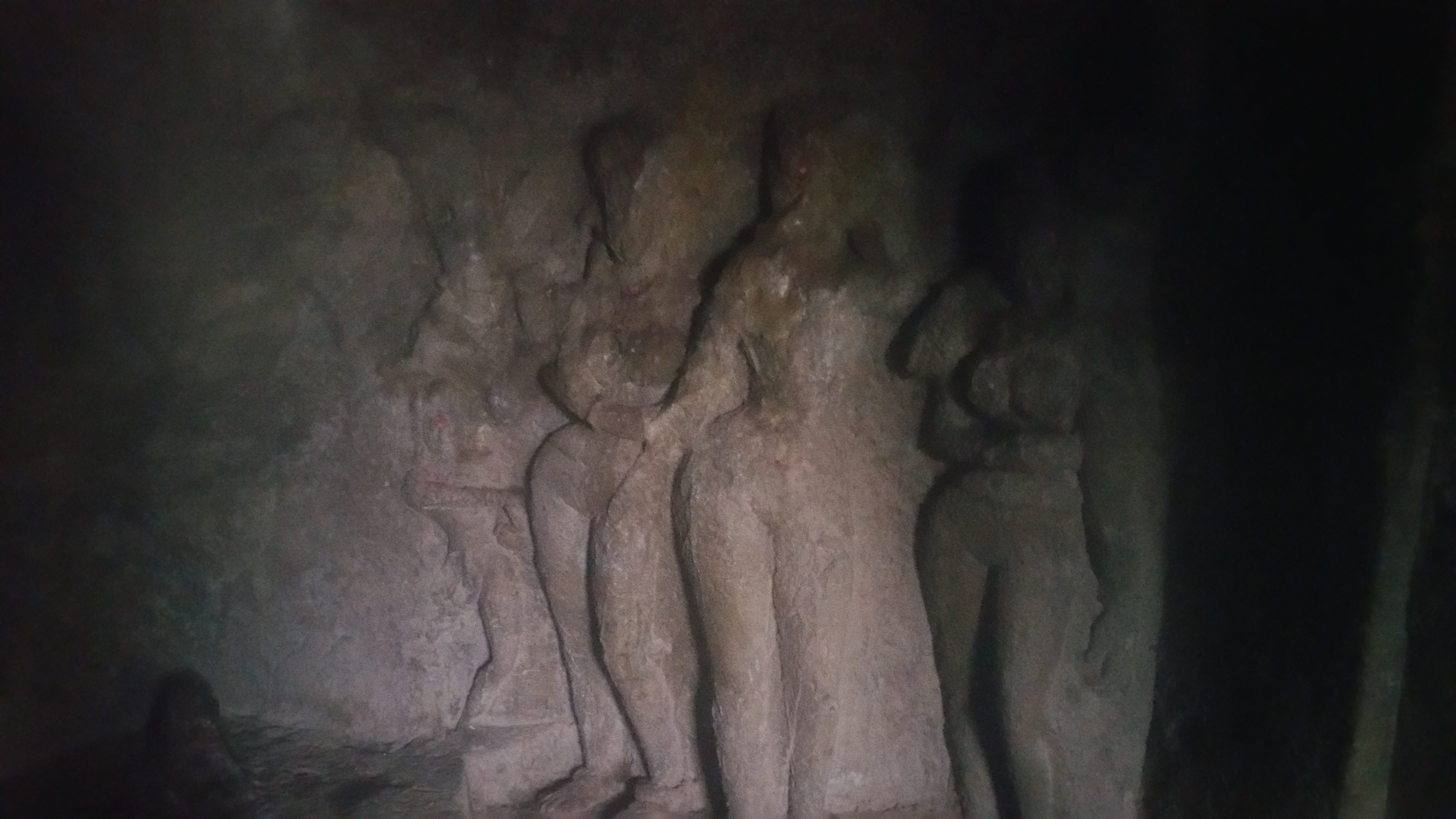
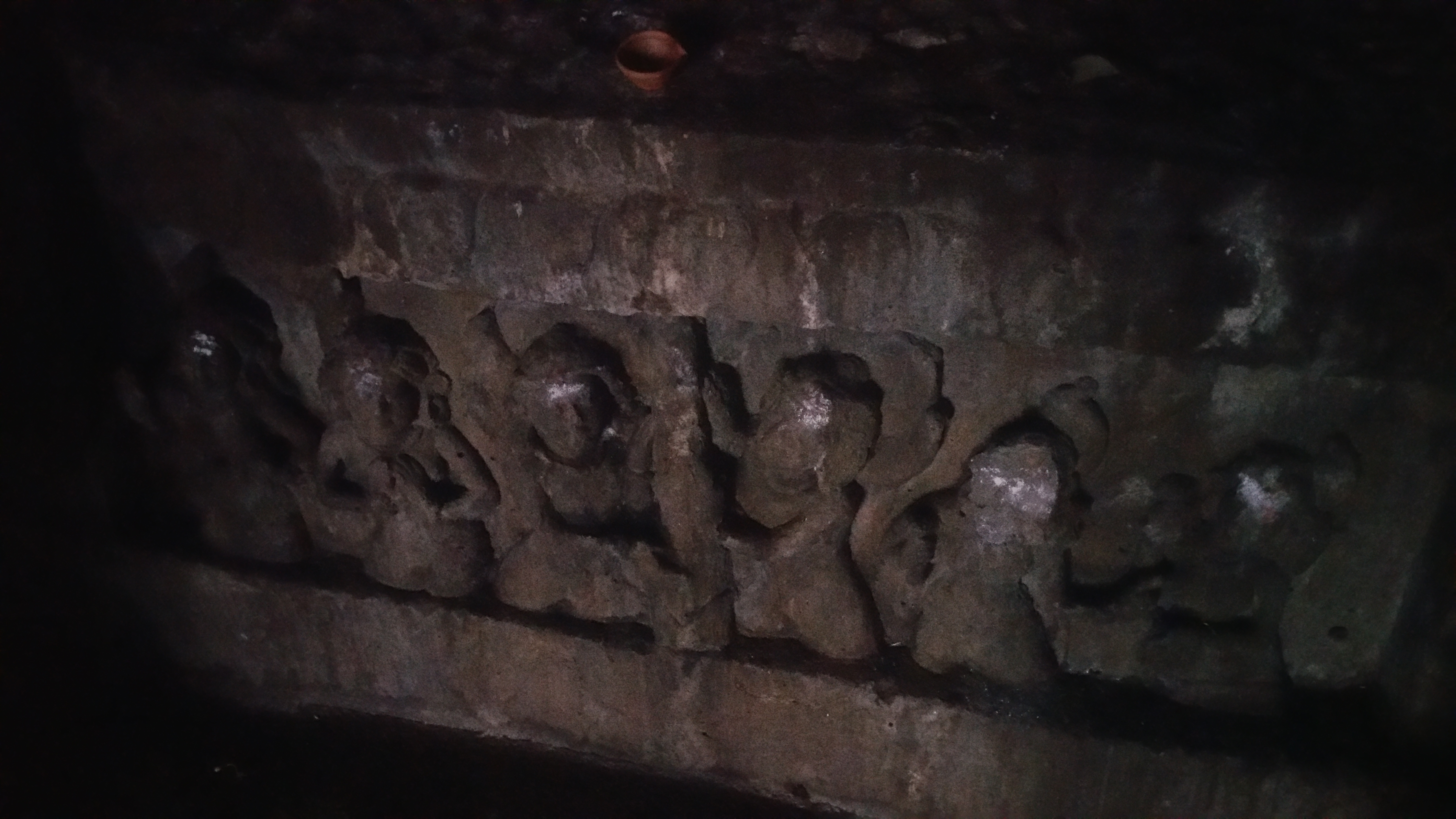
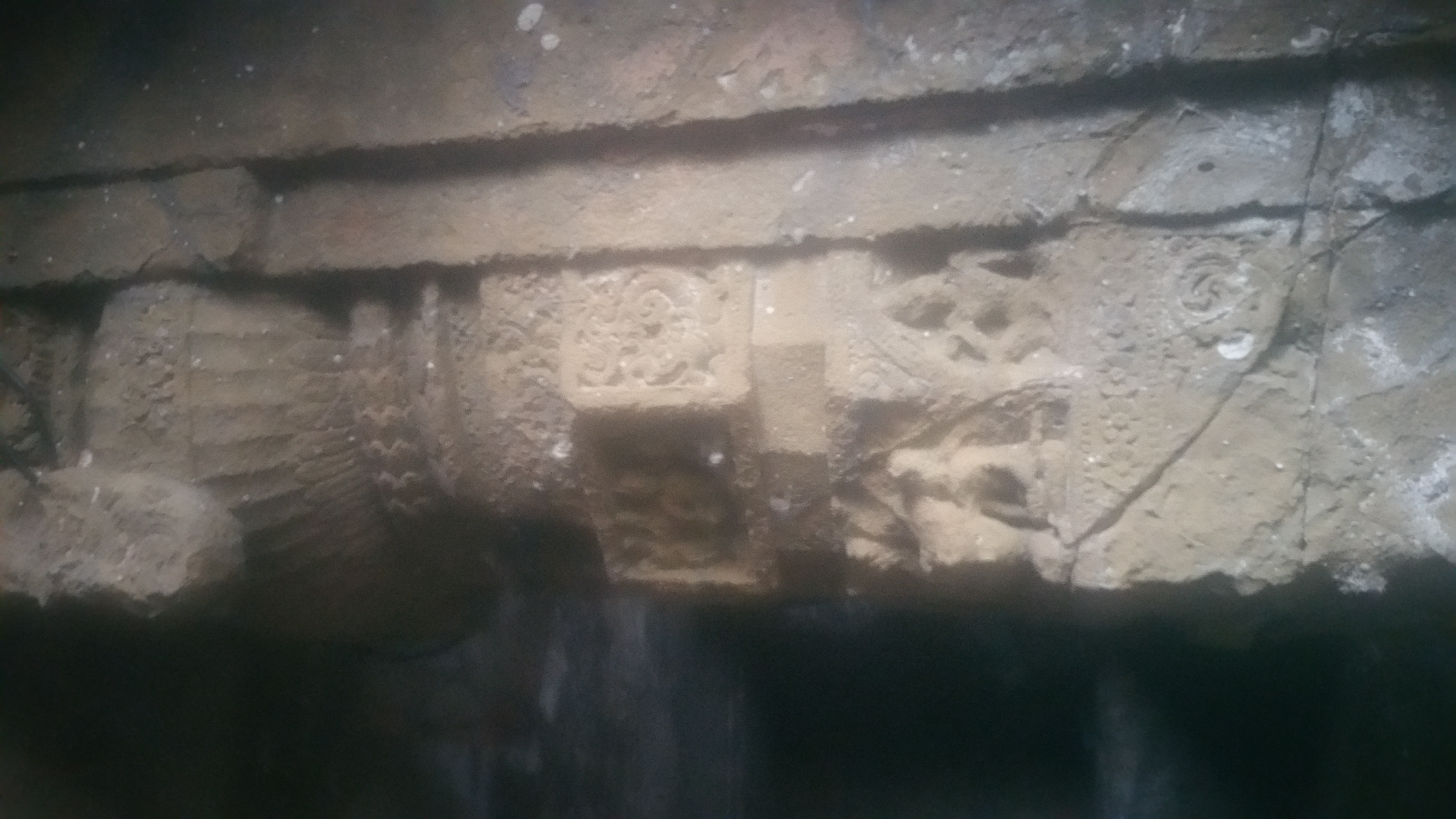
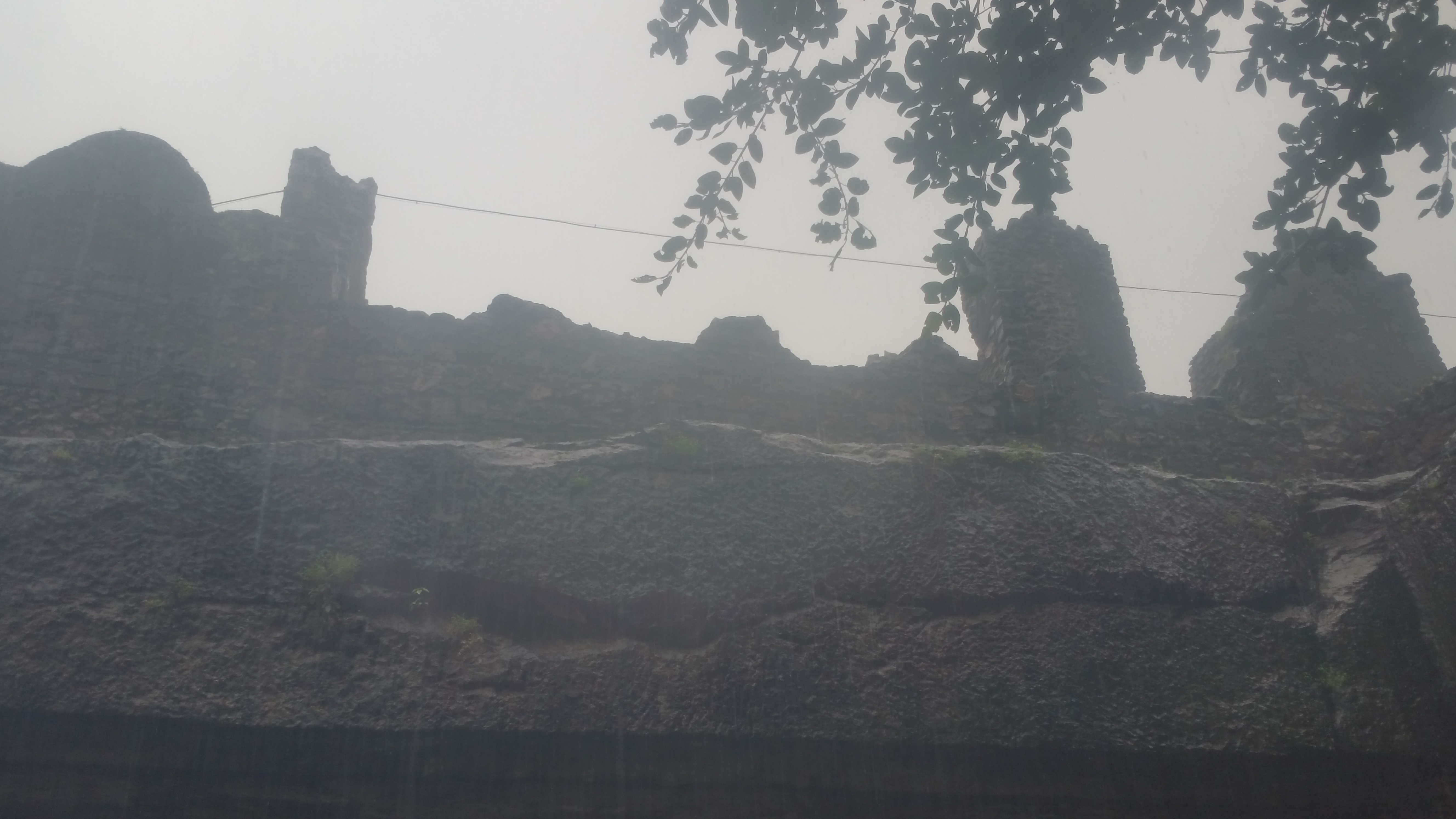
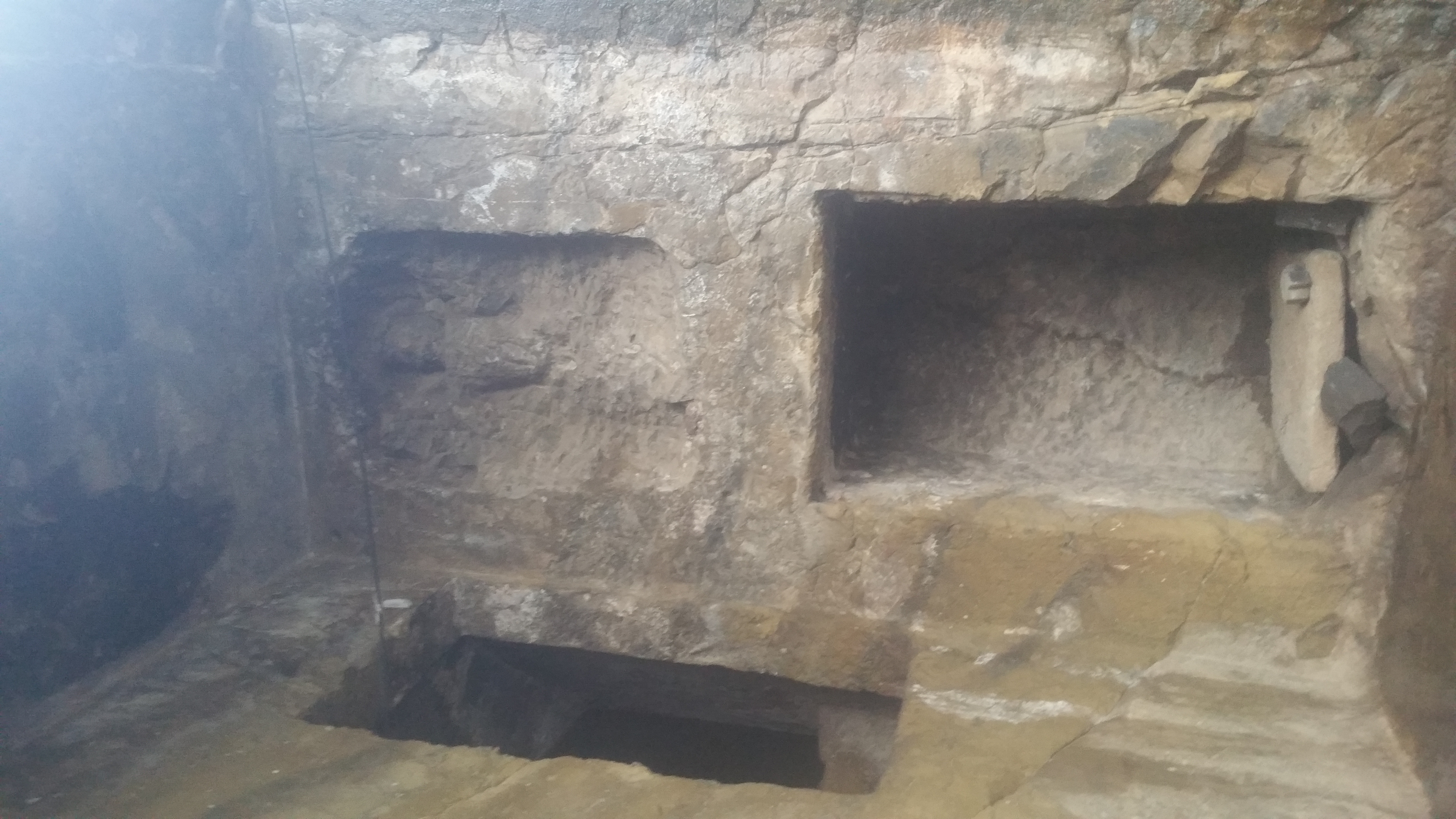
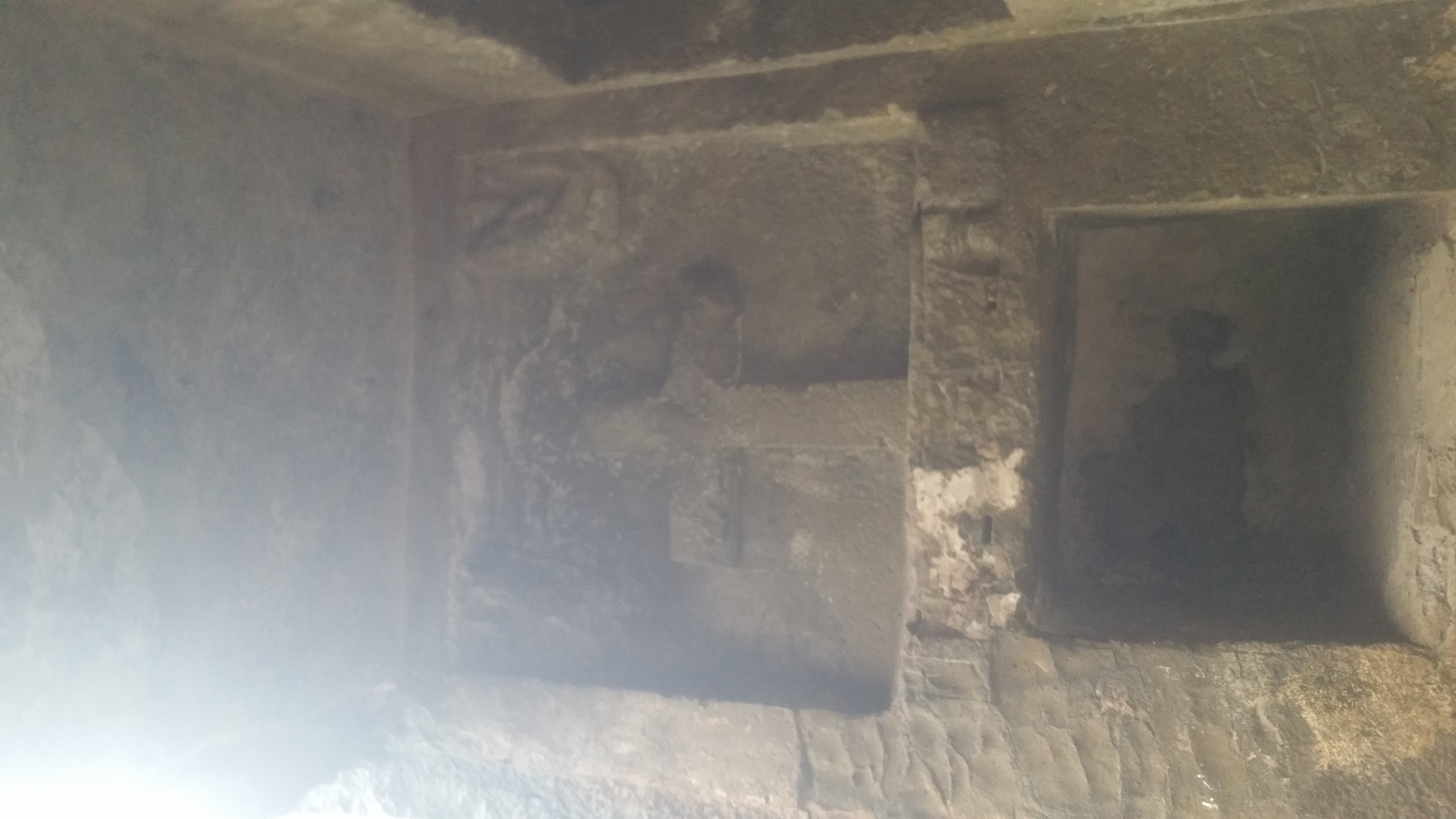
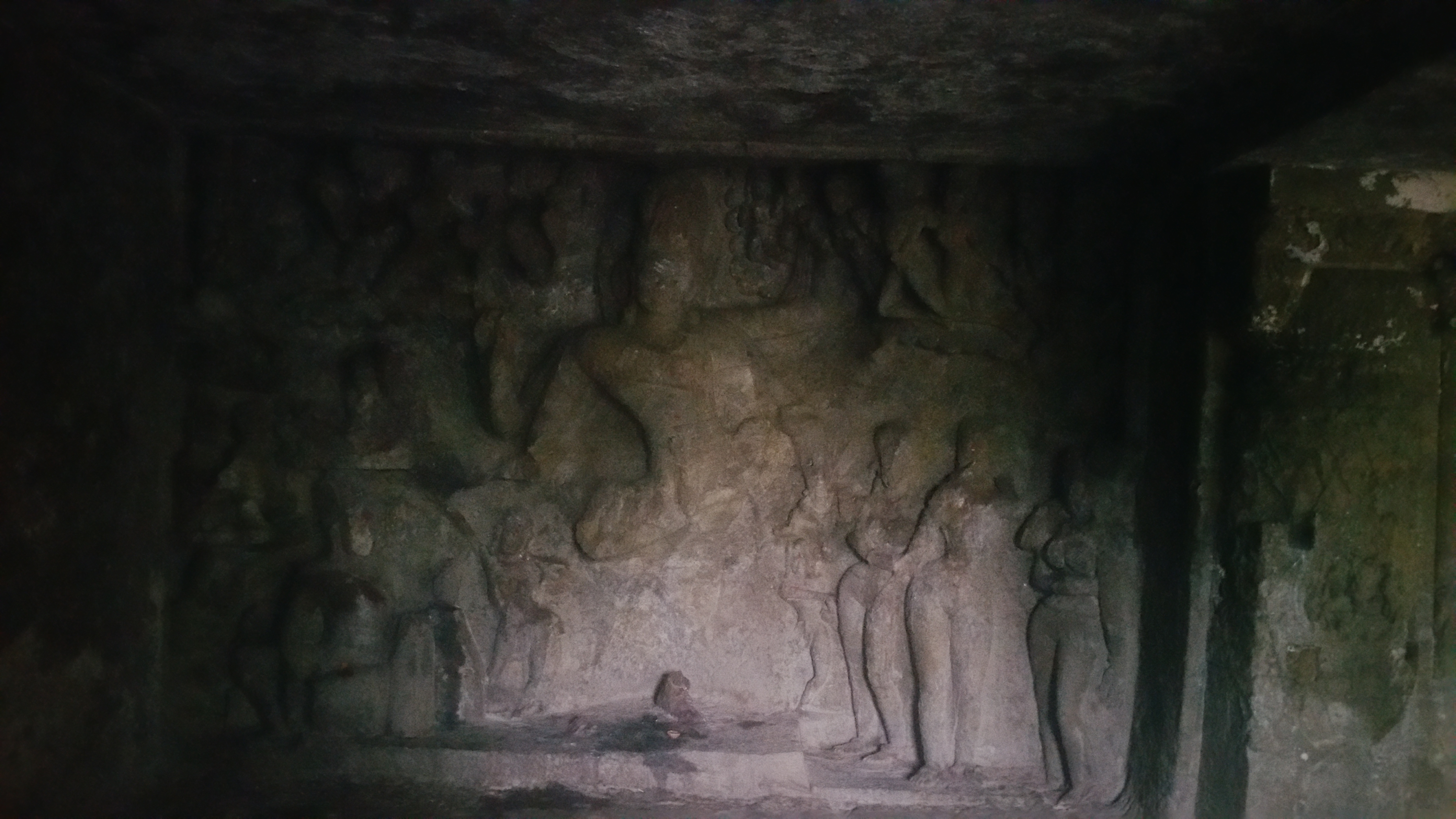
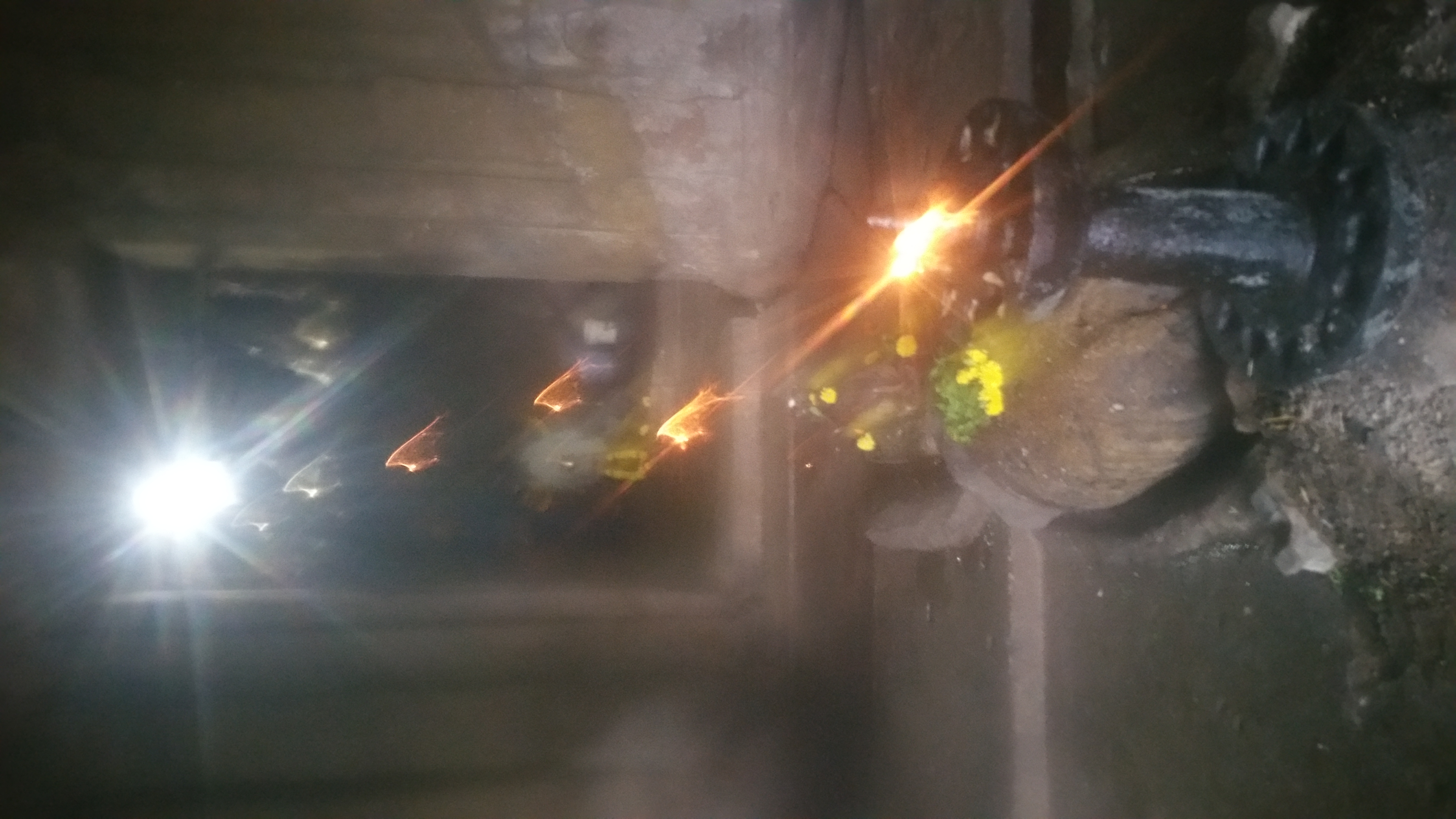
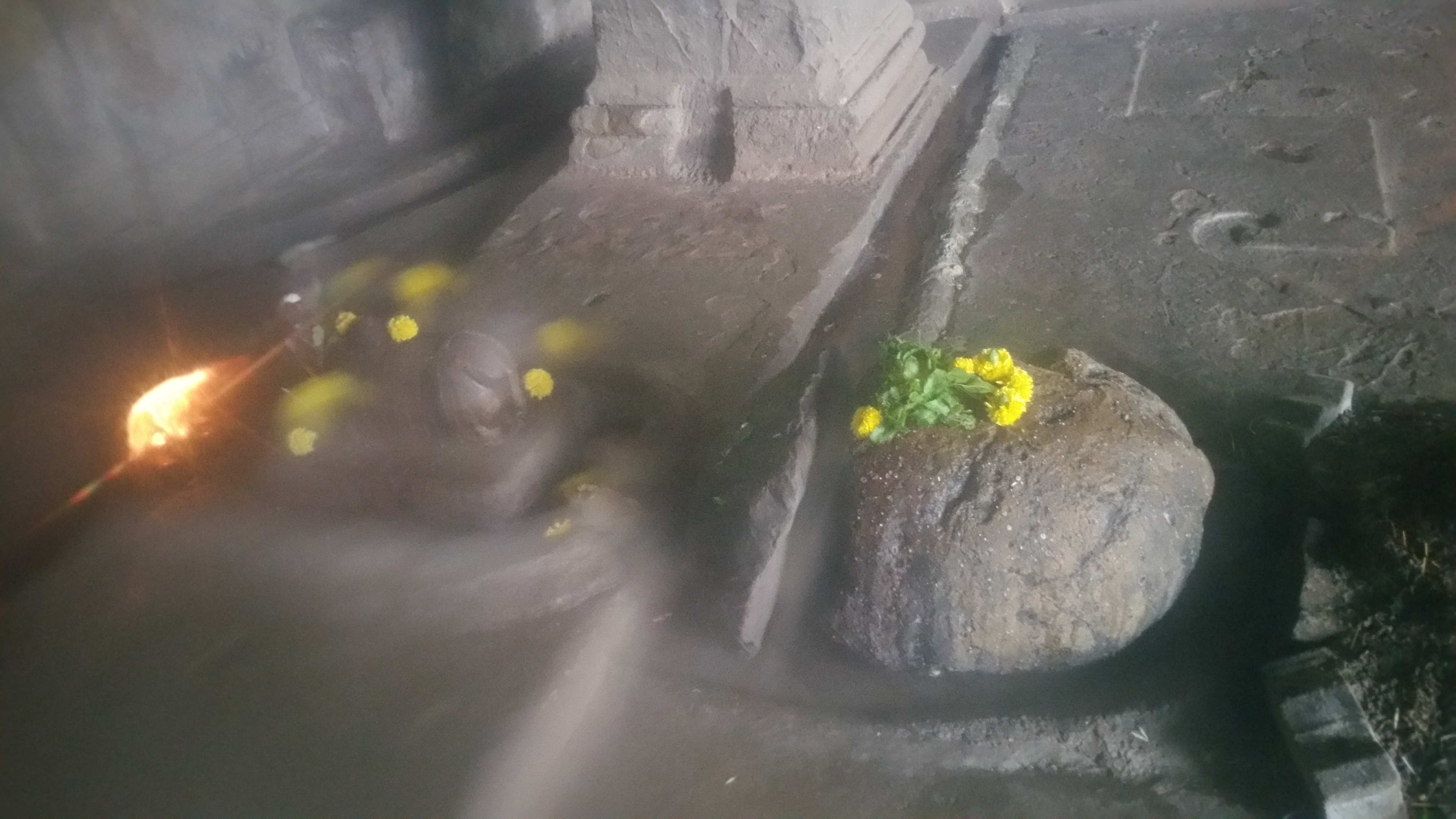
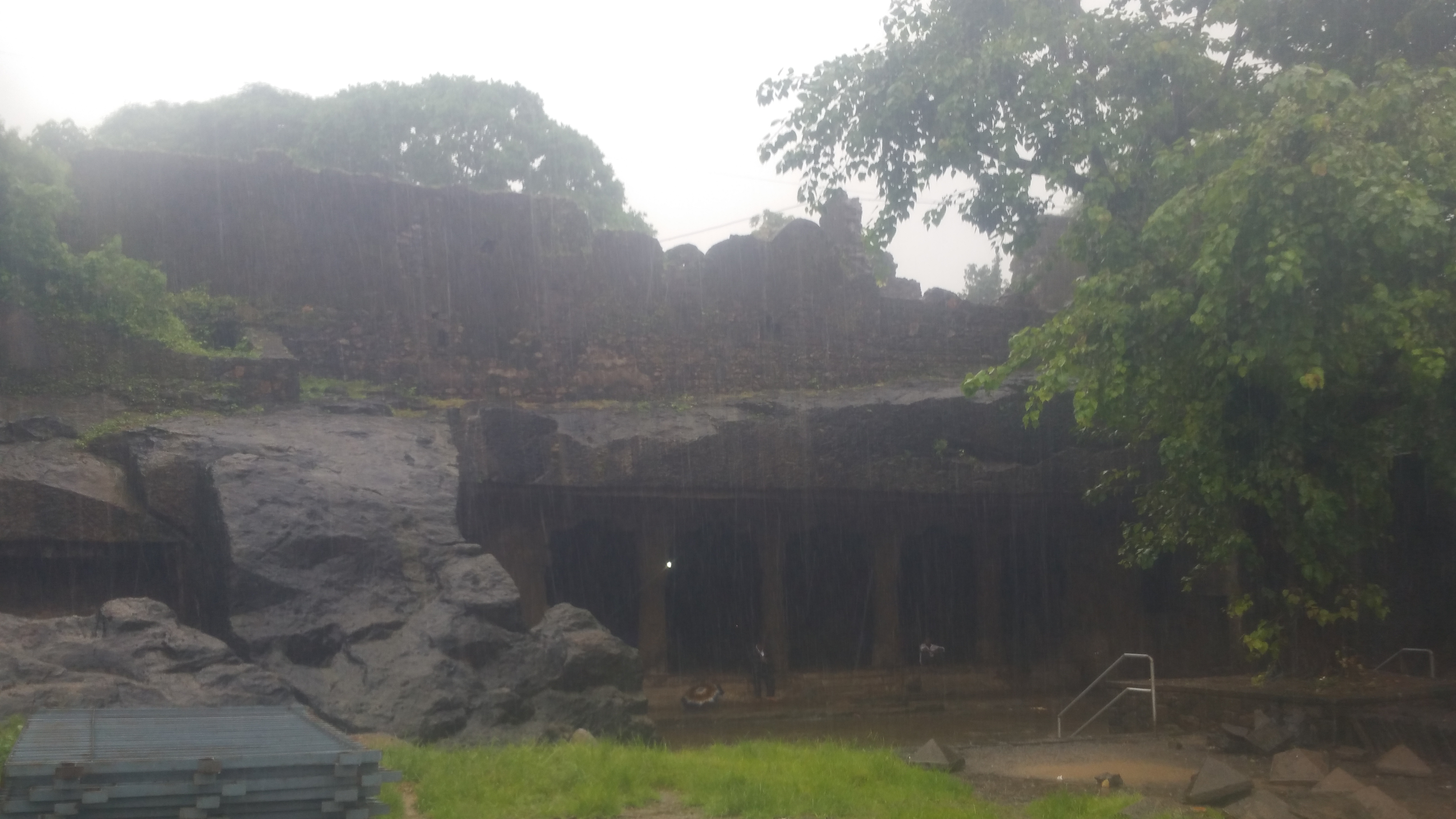
 RSS Feed
RSS Feed

